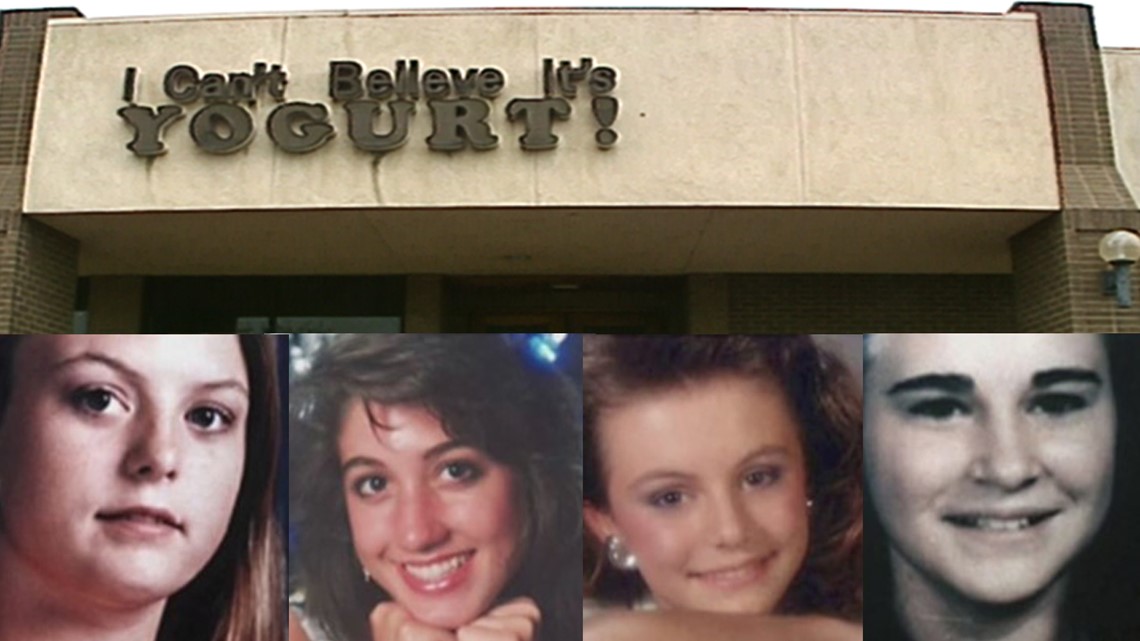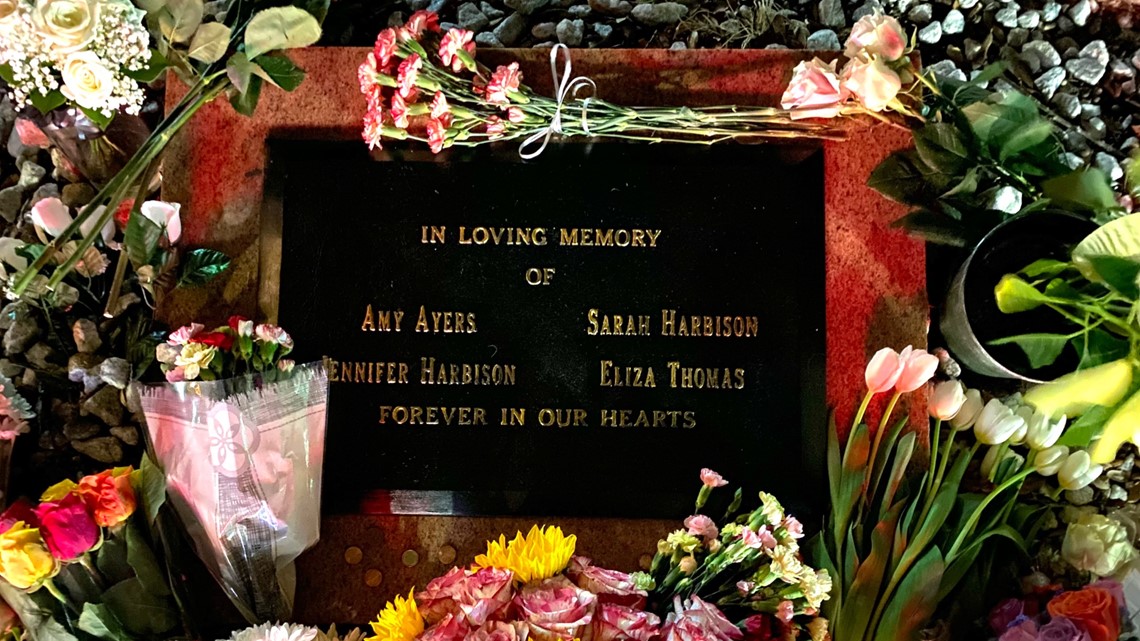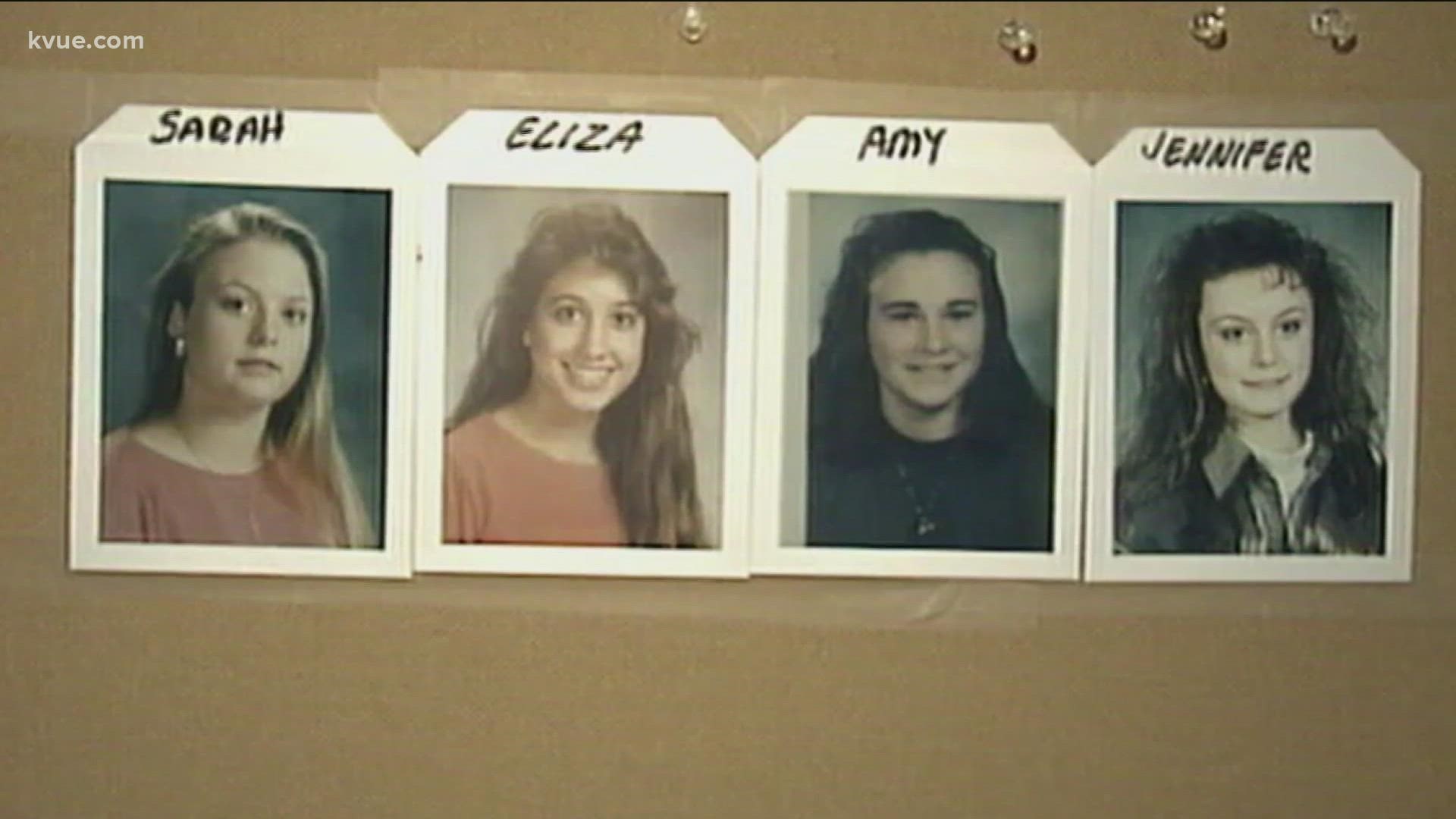AUSTIN, Texas — Thirty years ago, on Dec. 6, 1991, Austin police officer John Jones got an urgent call about a grisly murder scene off of West Anderson Lane.
He was the on-duty violent crimes detective, assigned to respond to murders and serious assaults, when he learned that four teenage girls were bound, gagged and killed at an I Can’t Believe It’s Yogurt shop. The building had been torched, destroying what likely would have been a trove of forensic clues.
The quadruple murder shattered Austin and helped usher in a new reality of dangerous crime in a growing city. Three decades later, the case has left more questions than answers as the city and the victim’s families mark the anniversary.
For his part, Jones, 69, is reflecting how the yogurt shop murders shaped his own life and career and how he still longs for the truth to finally be known.
"People ask me how long I was in homicide, and my standard answer is 154 bodies because that is how time is measured in there,” he said. "The problem was the last four, of course."
With 15 years on the force, nothing had – or could have – prepared Jones for what he saw when he arrived.


"We hadn't had one that I knew of like that. Multiple bodies, fire, gunshot wounds, probable robbery,” he said in an interview with KVUE Senior Reporter Tony Plohetski. "It was a pretty overwhelming scene. There were firemen everywhere. There was water everywhere."
The victims were soon identified: 17-year-old Jennifer Harbison, who worked in the yogurt shop, and her younger sister, 15-year-old Sarah; 17-year-old Eliza Thomas, who also worked in the store; and 13-year-old Amy Ayers.
The girls’ families are mostly reluctant to discuss the 30th anniversary of the case, saying that they have been interviewed countless times throughout the past three decades. But in an interview with KVUE, Ayers’ brother and sister-in-law, Shawn and Angie Ayers, said the family must still live without knowing what happened.
"We remember her everyday,” Shawn Ayers said. “This day is not special to us. It is just the day it started.”
At the scene that night, Jones recalled, "I just went at it clinically, 'What do I need to do here?'"
He gave reporters and the community the horrific facts.
“The fire was centered in the back of the store; they found the bodies back there,” Jones told a growing number of TV cameras.
Then, he began a years-long crusade to find the killer or killers.
Over the next three years, Jones and his team of investigators appealed to the public and tracked down thousands of leads, even from several people who wrongly confessed to the crime.
"Everybody wanted to help solve the case,” he said. "The only time we eliminated a suspect is when they made bed count in jail that night."
Then weeks turned into months and months into years. APD supervisors decided to transfer Jones off the case – and out of homicide – hoping new sets of eyes could uncover the truth.
“Oh, it was time to go,” he said. “For four years, I was looking at four dead bodies. That has an effect on you.”
Then in 1999, while Jones was working in the department’s professional standards bureau, the department announced the arrests of four suspects.
Police charged four young men with the murders: Robert Springsteen, Michael Scott, Forrest Welborn and Maurice Pierce.
Jones was first relieved. But as he learned more, he worried about the strength of the case.
“I said, 'Is that all they have is a confession?' They said, 'Yeah, against each other,'" Jones told KVUE.
Over the next decade, the cases crumbled. Springsteen and Scott recanted, and courts overturned their convictions. Welborn and Pierce never stood trial.
For Jones, that meant he has to live not only with the reality that his biggest case remains open but also with the emotional toll of pouring his life into solving it.


“For about the first 10 years, you could never find me on Dec. 6. It was a day to hide,” he said. "I just didn't want to be reminded. People coming up to me, 'How you doing? How you doing?' How am I supposed to be doing?"
Jones has since left the police department, retiring in 2004, and now lives in suburban Denver. Today, there is a memorial to the yogurt shop victims at the scene, and new businesses occupy what was once the I Can’t Believe It’s Yogurt.
On the 30th anniversary of the case that shaped his career – and left an eternal imprint on Austin – Jones says he has a renewed hope that, one day, the city and the girls’ families will finally learn just what happened that terrible night.
"People say, 'Well, what if it is somebody you overlooked?' Fine. OK. I'm good with that,” he said. “Just so it can be proven that they did it."
He added, "Even if it was solved tomorrow, it wouldn't bring back those girls. But I do think it would bring some comfort to those families."
On Monday evening, a group of friends gathered at the site of the murders, near the corner of West Anderson and Rockwood lanes, and placed flowers around the memorial marker there. The four women said they all knew the same Burnet Middle School girl, a young Amy Ayers, and they've remained friends even 30 years later.
PEOPLE ARE ALSO READING:

